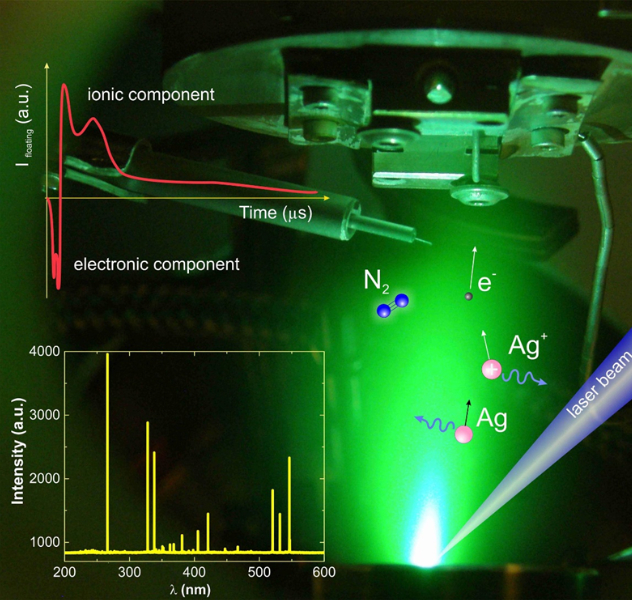In-situ real-time Langmuir probe and target current investigations of fs-laser irradiated optical components and targets (LPTC)
Programul: PNCDI III, Programul 5. Subprogramul 5.1 ELI-RO
Tipul proiectului : ELI-RO
Nr. contract: 04/16.10.2020
Durata proiectului: 16.10.2020-15.10.2023
Director Proiect: Dr. Valentin Craciun
Colaboratori: ELI-NP, grup Dr. Daniel Ursescu
ELI-NP, one of the most important research infrastructure existing in Romania must be run at the designed parameters with minimum cost. The optical beam transport system, which is at the center the facility must work flawlessly and any problems should be detected as early as possible to allow for rectifying measures to be swiftly taken before any catastrophic events would occur disrupting the operation of the facility. One of the most worrisome problem for the optical beam transport system is that of fs-laser induced damage of optical components (mirrors, beam splitters, gratings, etc.). The fluence and number of pulses for the laser induced damage threshold (LIDT) value provided by the manufacturers are affected by errors due to stochastic nature of the involved mechanisms. During multipulse fs-laser irradiation various phenomena are occurring in the optical coatings that are not completely understood; thus, a generic term, the “incubation effect” is employed to account for all these effects [Appl Surf.Sci.233, 1-4, 2004]. The appearance of the incubation effect lowers the LIDT value and leads to a catastrophic damage of the coatings. Besides the high cost of the destroyed optical component used in ELI-NP facility, a catastrophic damage could create a plasma mirror on the surface that might deflect the extremely powerful laser pulse in an unpredictable direction and cause additional extensive damage to other expensive equipment nearby. There is a complex monitoring control system using detectors, CCD cameras, etc, ready to detect any malfunction.


The third major advantage is that LP, as many articles showed, could be used as a plasma diagnostic tool to estimate the velocity and energy of emitted electron and ion beams during fs laser irradiation of various targets. Our approach has a major advantage over a Thomson parabola: the LP position with respect to the irradiated target could be easily adjusted without breaking the vacuum with a mechanical x-y-z manipulator to allow for a spatially and radially resolved diagnostic of the plasma and emitted beams. By performing such experiments with ns, ps and fs lasers, over 6 orders of magnitude, we will also gain a better understanding of the LP working and the physics of laser-matter interaction. The project team synergistically assembles theoreticians and experimentalists with great expertise in the area of fs-laser, laser-mater interaction, vacuum science and plasma diagnostics.